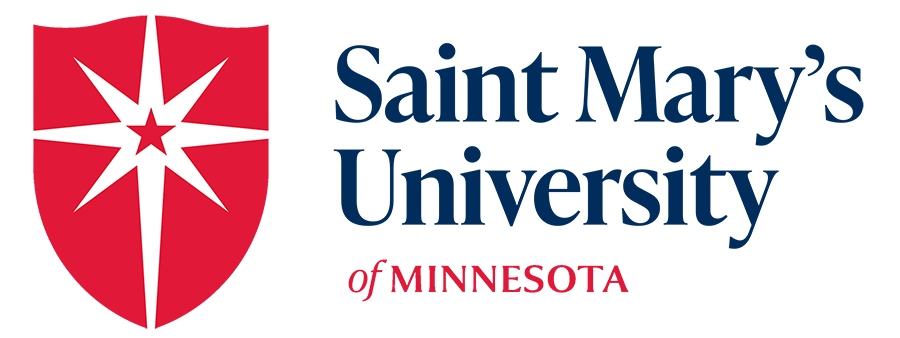
Selecting Textbooks
When choosing textbooks, align your selection with the content, skills, and applications taught and assessed in your course.
Best Practices for Choosing Textbooks
Keep the educational level in mind.
Consider the degree level and skill level (i.e., introductory, intermediate, or advanced). Create a mix of resources, such as print or electronic textbooks, popular books, scholarly articles, and web resources, while keeping costs to students in mind.
Find free textbooks online.
Cut textbook costs by using open educational resources (OER’s). OER’s are freely available educational materials, including textbooks, lesson plans, worksheets, videos, and interactive tutorials. They are typically licensed under Creative Commons, so you can reuse and sometimes adapt them.
Open Educational Resources
Find lists of reputable OER repositories and databases.
Use coursepacks if necessary.
If no textbook matches your course outcomes, you can create a customized coursepack of articles, essays, lecture notes, and book chapters that would be sold by Saint Mary’s bookstore. Contact the bookstore for assistance and copyright permission at tcbookstore@smumn.edu.
Model good information literacy behavior.
Be sure to explain to your students why you chose these resources, so they can learn from your effective information literacy skills.
Ordering Textbooks
Now that you have selected your required texts, you will need to order textbooks from Saint Mary’s bookstore.
